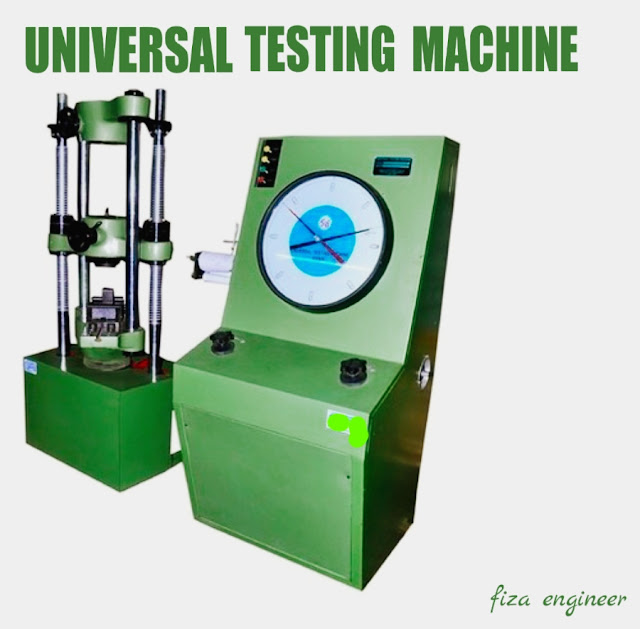UNIVERSAL TESTING MACHINES
Load cells are commonly used in materials and product testing applications. This type of testing requires a method of controlling the sometimes complicated test routines. Universal test machines often fulfill this purpose and are available from many manufacturers.
Universal testers provide a means to hold a sample and place it under a compressive or tensile load. They can be simple motorized machines, whereby the speed and direction arev controlled using manual controls, hand-operated machines where the operator uses a wheel or pump control to increase the force on the sample, right up to high-end computer-controlled test stands that can run sophisticated multistage test programs. They are available with hydraulic actuation or electro mechanical control using electric motors driving a ball screw arrangement, for a wide range of forces from 500 N up to 30 MN. They will perform complex calculations such as Young’s modulus and create and print reports. When used in conjunction with other instrumentation, such as extensometers, even more sophistication is possible. With the ever growing library of international test methods, universal testers are required to provide more functionality and more calculations. A few of the range of available universal test machines.
Portable force measurement is catered for by a plethora of handheld instrumentation, from simple gram gauges to advanced force gauges that allow data storage and transmission as well as peak and trough calculations. Some will allow simple control functions for operating some test stands so that no computer is necessary.
Force measurement in this form is used in all industries, from medical and pharmaceutical to food, automotive, and electronics sectors. Both the finished products and the raw materials they are made of are tested for either quality control or to determine basic material properties. Figure 4 shows some examples of force measurement applications in industry, including replacement joint testing, PCB component pull off testing, and food testing.
1. THE STRAIN GAUGE SENSOR
Although Lord Kelvin first reported on the relationship between strain on a metal and its electrical resistance in 1856,8 it was not until 1936 that a practical implementation of a bonded strain gauge9 was realized by the eccentric Edward E Simmons, Jr. The invention, which consisted of wires glued to the surface of the object whose stress or strain was to be measured, had an enormous impact on the engineering world and was of great importance during World War II^10.
2. STRAIN GAUGE CIRCUIT COMPENSATION
To an extent, the Wheatstone bridge design lends itself to self-compensation for environmental factors such as temperature by virtue of the balanced nature of the resistors if all resistor sare the same, then they will be affected by temperature to the same extent and the net effect is theoretically zero. For more demanding transducer applications, compensation is required for temperature and sometimes zero balance, where, however well balanced the gauges are, their characteristics cannot be identical, and so the balance of the bridge is not exact when under zero load.
These things can be compensated for by careful tuning of compensation resistors placed at the vertices of the bridge where the output is read, Placing a well-tuned resistor with high thermal conductivity (commonly copper) at the vertex of R4 and R3 can compensate for zero drift due to temperature, whereas a temperature stable resistor, commonly constantan, at the vertex of R1 and R2 can compensate against bridge. imbalance Span effects can be compensated for by placing resistors either side of the voltage supply.




0 comments:
Post a Comment
Please do not enter any spam link in the comment box.